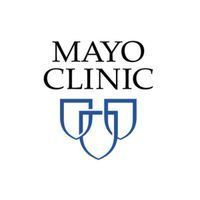
Promising Biomarkers for NMOSD Activity: Brian G. Weinshenker, MD

The professor of neurology at Mayo Clinic College of Medicine discussed which biomarkers have shown the most relevancy in NMOSD and which deserve more attention.
"We’re learning that levels can be elevated and seem to go up just prior to attacks. It may be something that we can follow that can alert us when an attack is pending and allow us to be more aggressive with treatment."
Given the cumulative and potentially devastating nature of relapses in patients with neuromyelitis optica spectrum disorder (NMOSD), a prognostic biomarker could be valuable to prevent imminent relapses and guide treatment interventions. To date, most of the knowledge of NMOSD stems from patients who are seropositive for aquaporin-4 immunoglobulin (AQP4-IgG), which occurs in approximately 70% of cases. Twenty to 50% of patients in whom AQP4-IgG cannot be detected are seropositive for myelin oligodendrocyte glycoprotein (MOG) autoantibodies.
With the recent development of ultrasensitive single-molecule array technology, serum neurofilament light (NfL) protein, a neuronal damage marker, and glial fibrillary acidic protein (GFAP), an astrocyte-damage marker, have been suggested as good biomarker candidates with high sensitivity. Brian G. Weinshenker, MD, noted that AQP4 is not the most viable biomarker when evaluating the disease course of NMOSD, despite its prominence within the space.
Weinshenker, a professor of neurology at
Newsletter
Keep your finger on the pulse of neurology—subscribe to NeurologyLive for expert interviews, new data, and breakthrough treatment updates.



